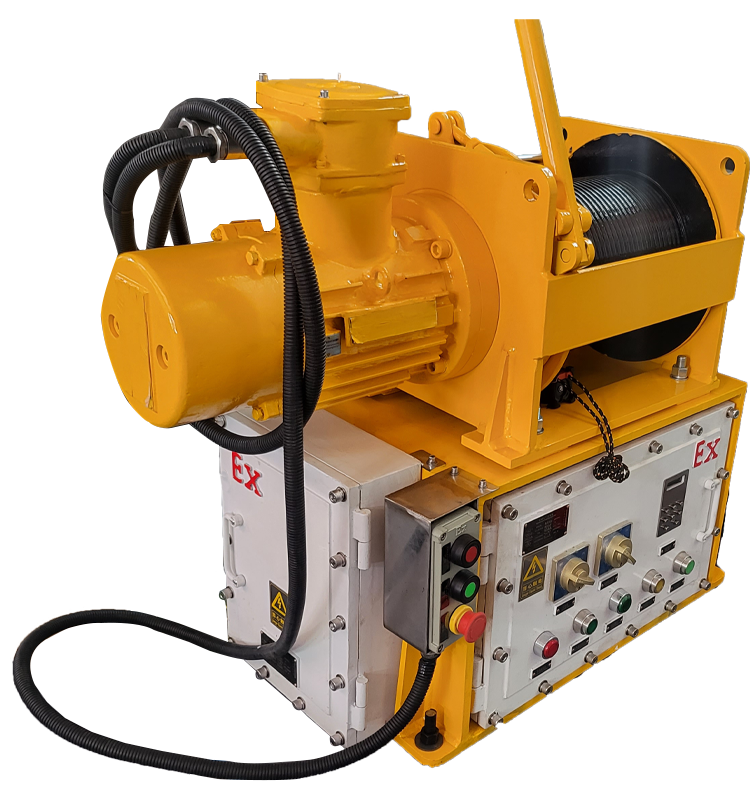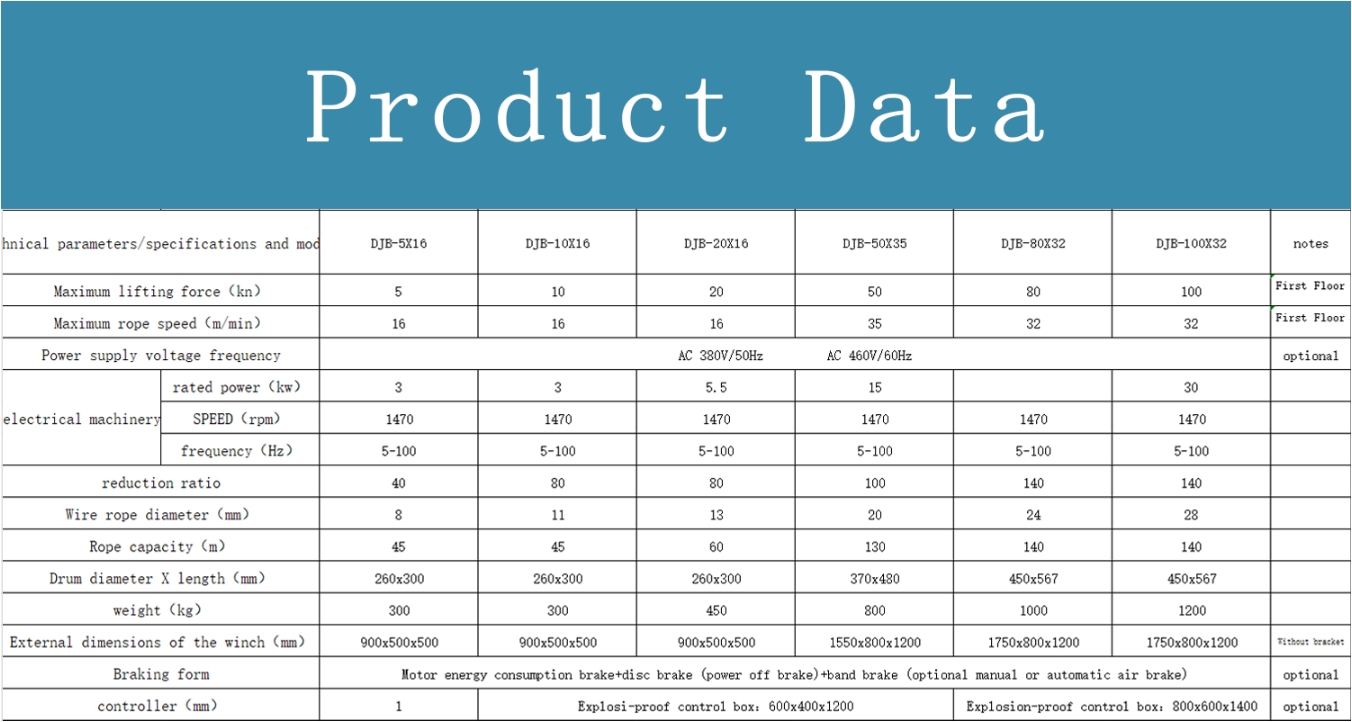 中文版
中文版



Welcome to contact us by phone:0086-0312-7969888
When using an electric winch, it's important to prioritize safety and proper operation to prevent accidents, injuries, and damage to equipment. Here are key considerations to pay attention to when using an electric winch:
Read the Operator's Manual:
Start by thoroughly reading and understanding the operator's manual provided by the manufacturer. The manual contains essential information about the winch's specifications, capabilities, and safety guidelines.
Inspect the Winch Before Use:
Conduct a visual inspection of the winch before each use. Check for any signs of damage, wear, or loose components. Inspect the cable or rope for frays, kinks, or other issues. Ensure that all fasteners are securely tightened.
Choose the Right Capacity Winch:
Select an electric winch with a capacity appropriate for the load you intend to lift or pull. Using a winch with insufficient capacity can be unsafe and may lead to equipment failure.
Verify Power Source Compatibility:
Ensure that the power source (e.g., vehicle battery or external power supply) is compatible with the winch's electrical requirements. Use the recommended wire gauge for electrical connections to prevent voltage drop.
Use Appropriate Accessories:
Choose accessories such as hooks, straps, or slings that are rated for the load and compatible with the winch. Follow the manufacturer's recommendations for accessories and their proper use.
Understand Control Functions:
Familiarize yourself with the winch's control functions, including the operation of the remote control or control panel. Know how to engage and disengage the winch, control its speed, and use any additional features.
Wear Personal Protective Equipment (PPE):
Wear the necessary personal protective equipment, including gloves and eye protection, during winching operations. PPE helps protect against potential hazards associated with handling cables and equipment.
Maintain Proper Tension:
Maintain proper tension on the cable or rope during operation. Avoid overloading the winch, as this can lead to equipment damage, accidents, or injuries.
Avoid Shock Loading:
Prevent sudden and jerky movements that can result in shock loading. Apply tension gradually to the cable or rope to reduce the risk of sudden stress on the winch and associated components.
Prevent Cable Overlap:
Ensure that the cable or rope is wound evenly on the drum to prevent overlap and ensure proper spooling. Overlapping can lead to jams and damage the cable or winch.
Beware of Overheating:
Be mindful of the winch's duty cycle and avoid prolonged continuous operation, which can lead to overheating. Allow the winch to cool down if it has been in continuous use.
Secure Loads Properly:
Ensure that loads are properly secured before lifting or pulling. Unsecured loads can lead to accidents or damage to the winch and equipment.
Plan the Operation:
Plan winching operations in advance, considering factors such as load weight, distance, and obstacles. Clear the area of bystanders and obstacles that could interfere with the operation.
Emergency Procedures:
Familiarize yourself with emergency procedures, including how to stop the winch quickly in case of an emergency. Be prepared to respond to unexpected situations.
Training and Certification:
Ensure that operators are trained and certified to use the electric winch. Training should cover safe operating procedures, potential hazards, and emergency response.
By adhering to these considerations and following safety guidelines, operators can use electric winches safely and efficiently in various applications. Regular maintenance and periodic inspections are also critical for ensuring the ongoing reliability of the equipment.

X